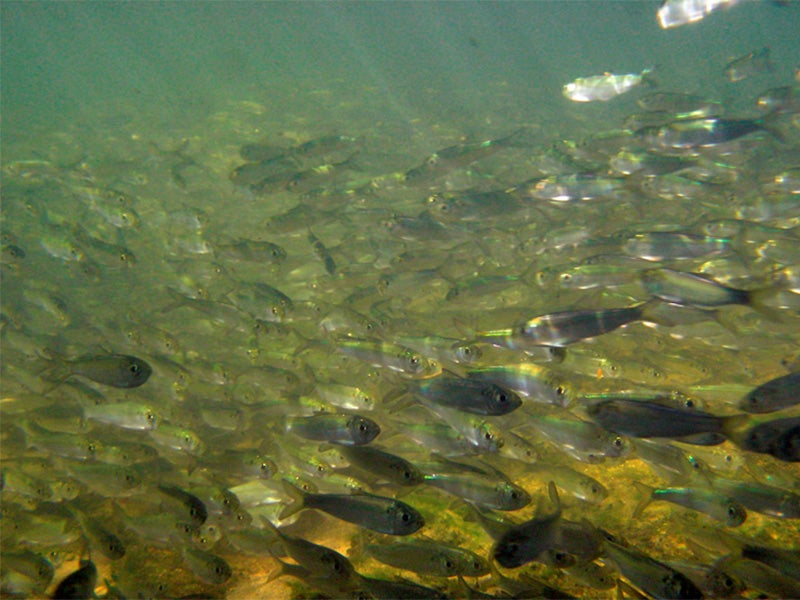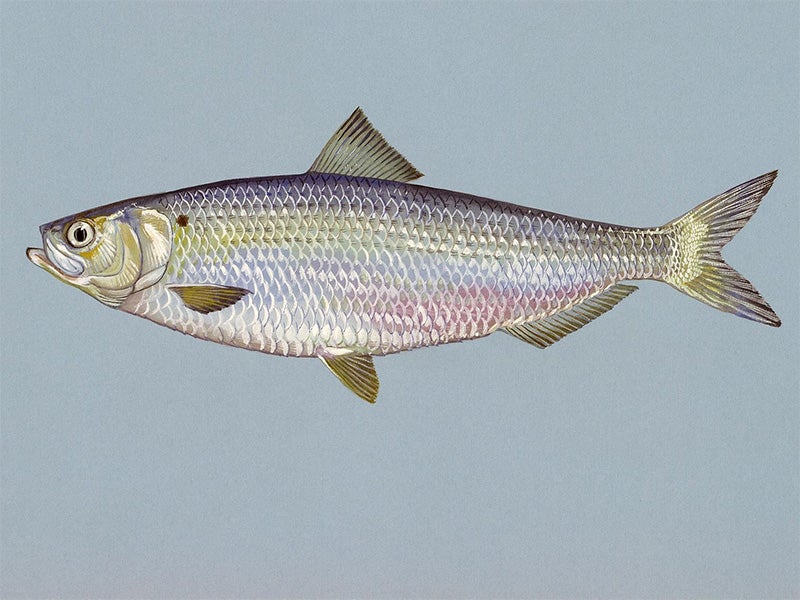Protecting And Rebuilding River Herring And Shad
Earthjustice is protecting river herring and shad—foundations of the oceanic food chain—from industrial overfishing operations that are causing massive population crashes with no repercussion from federal oversight agencies.
Regional Office / Program
Case Overview
River herring (alewife and blueback herring) are, or more accurately were, a critical component of the eastern seaboard’s coastal ecosystem, serving as a significant food source for a variety of fish, birds and mammals. Recent data show that the river herring population has crashed by more than 90 percent since 1985.
Shad (American and hickory) are related to herring, occupy a similar ecological niche, and are also in danger of regional eradication.
The culprit is the same for both fish: a lack of federal regulation to prevent industrial fishing boats from catching herring and shad in unsustainable amounts.
Earthjustice is representing commercial and recreational fishermen in challenging the National Marine Fisheries Service’s failure to protect river herring and shad from being caught and killed by Atlantic industrial fisheries. Our lawsuits challenge the agencies failure to conserve and manage river herring and shad populations under the Magnuson-Stevens Act which was put in place to end overfishing, rebuild depleted stocks, establish annual catch limits and accountability measures, and minimize bycatch.
The New England Council and NMFS have thumbed their nose at federal management of these species as “stocks” in the herring fishery for years, despite a court order to do so. In June 2013, following years of pressure from Earthjustice and allied organizations, the Mid-Atlantic Fishery Management Council initiated its second amendment (known as Amendment 15) to recover these ailing fish populations with federal management as “stocks” in the mackerel fishery. But in a stark about-face, the Council and federal agencies voted sixteen months later to do away with the recovery plan.
Earthjustice is challenging this reversal in federal court.

Case Updates
Case page created on October 7, 2010.
